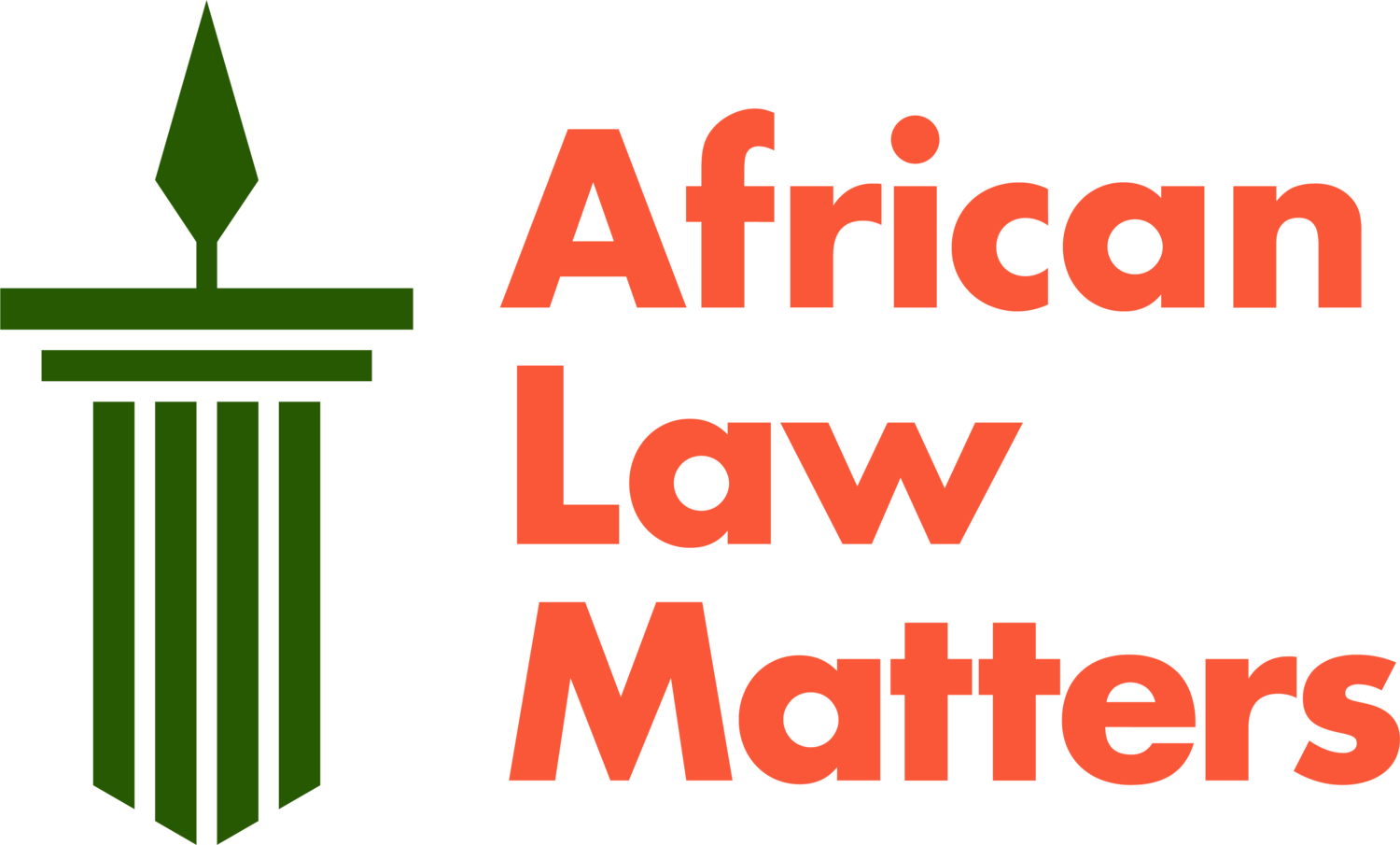Reflections on some challenges to achieving durable solutions to violence-induced internal displacement in Ethiopia
Thousands Flee to Ethiopia Refugee Camps, 25 August 2011, Eskinder Debebe, UN, Creative Commons.
Editors’ note: This post constitutes a part of a blog series on the Protection of Refugees’ and Migrants’ Rights in Africa. According to a report by the United Nations High Commissioner for Refugees, Africa is home to over 30 million internally displaced persons, refugees, and asylum seekers. This translates to the African continent being home to nearly one-third of the world’s refugee population. Over the past three years, these figures have increased, triggered by the Covid-19 pandemic, climate change, new conflicts, and ongoing human rights violations. Against this background, this series features contributions from legal experts and practitioners reflecting on the legal framework providing for the promotion and protection of the rights of migrants and refugees, and the unique problems that minorities confront in this system due to factors such as race and gender discrimination.
As of late May 2022, there were 4.2 million internally displaced people (IDPs) in Ethiopia. In 2021, there were 5.1 million internal displacements – the largest number in any country within a year. The main causes of these displacements are conflict and natural disasters. Although addressing the causes and finding durable solutions is of utmost importance, several factors related to the country’s political, social, economic, and legal context impede the realization of durable solutions to IDPs in Ethiopia.
IDPs attain durable solutions when they ‘no longer have any specific assistance and protection needs that are linked to their displacement and can enjoy their human rights without discrimination on account of their displacement’. In international refugee law, as well as IDP-specific soft law and practice, three forms of durable solutions, namely, local integration, return and relocation, have been recognised and implemented. These have been adopted in the African Union Convention on the Protection and Assistance to Internally Displaced Persons in Africa (Kampala Convention) – a regional binding treaty ratified by 33 African states, including Ethiopia. Yet, implementing the treaty and realising durable solutions for IDPs has been difficult.
This piece identifies several challenges to achieving durable solutions to violence-induced displacement in Ethiopia and offers some recommendations.
A. Some challenges relating to return
The return of IDPs as a durable solution refers to their sustainable reintegration to their homes. The Kampala Convention provides that return must be conducted in a manner that respects the ‘safety and dignity’ of IDPs and be based on the ‘free and informed choice’ of IDPs.
However, as inter-ethnic conflicts and violence against members of ethnic minorities tend to resurface frequently, returnees are displaced multiple times and their sustainable reintegration is difficult without addressing the root causes of displacement. There have also been instances where IDPs were returned to their homes hastily although the conditions that forced them to flee their homes were not addressed.
The weak legal framework regarding remedies for loss and harm suffered by IDPs also besets their sustainable return. Ethiopia has entered a reservation to article 12(2) of the Kampala Convention, which enjoins state parties to establish legal frameworks that provide effective remedies for IDPs. Article 3(1)(a) of the Ratification Proclamation qualifies this obligation by limiting the state’s duty to pay compensation to cases where expropriation causes displacement. This provision sidesteps state responsibility to ensure remedies to IDPs in most instances. It is therefore important for the Ethiopian government to recognise that state responsibility to ensure remedies to IDPs also arises where the action or inaction of local governments causes or leads to displacement.
Reports indicate that regional state and local government authorities and non-state armed groups, including armed youth groups backed by regional states, are often associated with violence against ethnic minorities intended to force them out and quash demands for self-rule. Because the Ratification Proclamation recognises state responsibility only where displacement is caused by expropriation, government authorities are not obliged to redress the harm to IDPs, even when they are the perpetrators of the violence-induced displacement. This can incentivize violence against minorities and perpetuate the root cause of displacement, thereby making return unthinkable.
B. Some challenges related to local integration
As the root causes of violence against ethnic minorities in some of Ethiopia’s regions remain unresolved, IDPs cannot safely return to their homes. Ignoring this fact, local governments, regional states and even the federal government have often been reluctant to facilitate conditions for local integration of IDPs.
The exclusive focus on return as the only solution to displacement disregards the views of IDPs as to which form of durable solutions they prefer. For example, IDPs traumatized by violence might prefer local integration regardless of improved conditions in their areas of origin. It also adversely effects the living conditions of IDPs.
“These challenges reflect the lack of IDP participation in the search for durable solutions. Plans and strategies for sustainable solutions are not IDP-centred in the sense that their perspectives, interests, and rights are not used as bases for decision-making and planning. Disregarding the views of IDPs can make attaining durable solutions difficult, even futile.”
Due to the misguided notion that IDPs are hosted only temporarily, little effort is made to improve their living conditions beyond the insufficient provision of emergency assistance. Thus, IDPs are usually temporarily sheltered in public facilities like schools, without adequate food, water and healthcare, and access to education and work opportunities. This tends to deprive them of the means to either locally integrate or to sustainably return to their homes.
These challenges reflect the lack of IDP participation in the search for durable solutions. Plans and strategies for sustainable solutions are not IDP-centred in the sense that their perspectives, interests, and rights are not used as bases for decision-making and planning. Disregarding the views of IDPs can make attaining durable solutions difficult, even futile. It is therefore crucial that IDPs are included in the planning of durable solutions, and their views and rights are taken into account in national, regional, and local plans and programmes.
C. Some challenges related to settlement elsewhere
Relocation or resettlement elsewhere refers to the settlement of IDPs in areas other than the places where they took refuge and from which they were displaced. There are three options for the resettlement of IDPs: (1) they can be relocated to other places within the IDP hosting regional state; (2) they can be settled in the regional state from which they fled, but in a location other than the place from which they fled; and (3) they can be settled in other regional states that are willing and able to facilitate conditions for their relocation.
Preemptive relocation in situations where ethnic minorities are likely to be attacked, or where their human rights are likely to be seriously jeopardised, may also be considered as a durable solution. These options not only depend on the preference of IDPs, but also on the willingness and ability of receiving regional states and the prevailing situation in the areas where they will be relocated. However, compared to return and local integration, this is the least explored form of durable solution to IDPs displaced due to violence.
Conclusion
Achieving durable solutions to violence-induced displacement in Ethiopia is a critical issue that requires an enhanced response from the state and its humanitarian and development partners. However, it is only when challenges to attaining durable solutions are identified and addressed that IDPs will be able to sustainably return to their homes, integrate into their host communities, or relocate elsewhere.
This piece has identified some of the challenges and pointed out ways of addressing them. This includes resolving conflicts, ensuring remedies, respecting the free and informed choice of IDPs and ensuring their meaningful participation in the search for durable solutions, and exploring and implementing alternative ways of resettling IDPs.


